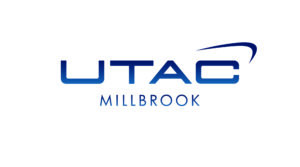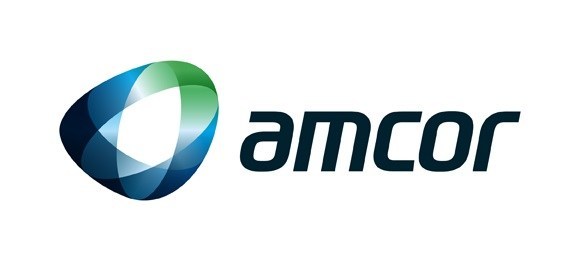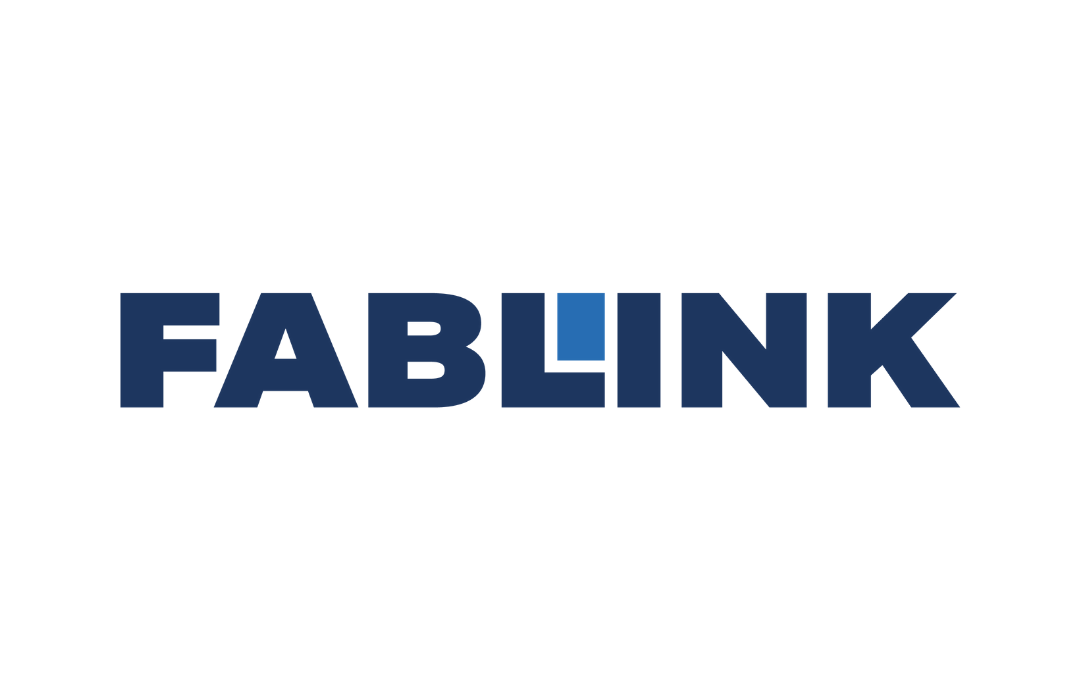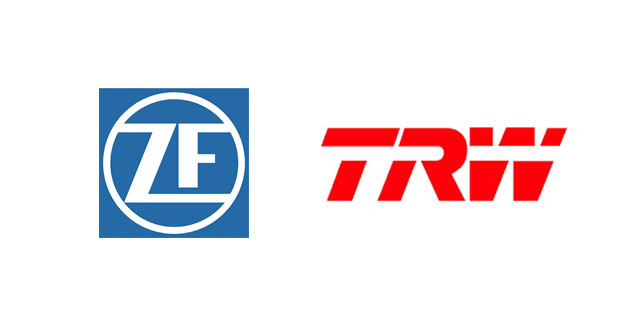
By Andrew Holland
Andrew has worked in the compliance management software industry since 2000 and has worked with hundreds of companies and compliance professionals in multiple sectors across Quality, Health & Safety and Environmental management and the views and content below is drawn from those encounters from across more than two decades.
Co-founding Syncronology (now Singlepoint) in 2005 in response to a demand for adaptable, visually-oriented compliance software, Andrew has been a driving force behind Singlepoint’s development, focusing on aligning the product with market needs and ensuring it delivers tangible value to customers.
Definition and Purpose
A quality management system (QMS) refers to a structured approach that outlines procedures, processes, and responsibilities aimed at achieving quality objectives and policies.
This system serves as a guiding framework that coordinates and directs an organisation’s activities to meet customer and regulatory requirements while enhancing efficiency and effectiveness through continuous improvement.
In essence, a QMS provides a systematic way of documenting processes, procedures, and responsibilities to ensure consistent and high-quality products or services.
Let’s break down the above statement and look at some key words and consider what they really mean…
“Structured approach” refers to the organised method of managing quality.
“Processes” are the series of actions or steps taken to achieve a particular end in the quality management journey.
“Guiding framework” implies the strategic structure that sets the path for quality management.
“Directs an organisation’s activities” signifies steering the collective efforts towards quality objectives.
“Customer and regulatory requirements” are the essential criteria that your organisation must meet to satisfy stakeholders and adhere to legal standards.
“Systematic way” denotes a methodical and consistent approach to quality management.
“Ensure consistent” emphasises the importance of uniformity in quality across all products and services.
Why have a QMS in the first place?
- Confidence in your organisation – Achieving unwavering confidence from your customers and the broader market is paramount. This confidence signifies that your organisation is recognized as a high-performing and completely reliable business partner. When you reach this level of trust, attracting new clients becomes more straightforward, and the expansion of business with existing customers naturally follows.
- Operational consistency – You don’t want it to be most of the time, or to be nearly getting it right all of the time. The goal is, of course, to be getting it right all of the time, and that’s what operational consistency brings.
- Improved productivity – one of the great things about a high performing QMS is the ‘virtuous circle’ you will get into. Improved productivity automatically flows from operational consistency….and into….
- Increased efficiency – and when you have operational consistency, improved productivity and increased efficiency there is a very good probability of stronger profitability.
- Happier customers – increased customer satisfaction results in natural business expansion. Suddenly your QMS is out-performing your sales and commercial teams!
- Enhanced reputation – and so the ‘virtuous circle’ continues.
Essential Elements of a QMS
Quality Objectives and Policies
This is the heart of the QMS, providing clear direction and standards for quality. They articulate the organisation’s commitment to quality and set measurable goals, guiding all other QMS activities.
Documented Procedures and Processes
Comprehensive documentation is crucial for consistency and standardisation. It includes detailed descriptions of processes and procedures, which serve as a reference point for employees and help in maintaining uniformity in quality across all operations.
Roles and Responsibilities
Clearly defined roles and responsibilities ensure that each team member knows their specific duties related to quality management. This clarity is vital for accountability and the smooth functioning of your QMS.
Data Management and Analysis
Effective collection, management, and analysis of data are essential for monitoring performance and identifying areas for improvement. This element enables informed decision-making and supports continuous quality improvement.
Customer Focus
Prioritising the needs and expectations of customers is key. A customer-focused approach involves gathering and responding to customer feedback, ensuring that products and services meet (or even better, exceed) customer requirements.
Continuous Improvement
An integral part of a QMS is the commitment to ongoing improvement. This involves regularly assessing and enhancing processes, policies, and objectives to improve quality and adapt to changing conditions or requirements.
Further notes on Continuous Improvement
A deeper dive into Continuous Improvement starts with the belief that you can only improve what you can measure, and you can only measure what you understand. This realisation leads us back to the fundamentals of process design and visualisation
Your processes should all be designed using the same techniques and methodologies, that way your people will easily recognise the key characteristics and quickly and accurately understand the importance of successful process management and measurement.
This process design approach in itself becomes your framework for continuous improvement.
Process excellence IS quality by another name.
Sector-specific QMS adaptations
Quality Management Systems are not one-size-fits-all solutions. The requirements and focuses of a QMS vary significantly across different sectors as outlined below:
Engineering
In engineering firms, the spotlight is on precision, safety, and meeting technical and customer standards. Key to this sector is the integration of advanced project management tools, which streamline and enhance all operational processes.
Supporting innovation and continuous improvement is also vital, especially in design and development, ensuring alignment with specific industry regulations.
Manufacturing
The manufacturing sector is distinguished by its emphasis on efficiency, waste reduction and lean manufacturing processes. Here, the crux of QMS lies in the deployment of stringent process control and quality assurance along production lines.
A robust approach to supply chain management and material quality control is essential, tailored to the diverse standards and practices prevalent in various product lines.
Aerospace
In the aerospace industry, a QMS often focuses sharply on stringent compliance with aviation safety and quality standards, such as AS9100, as well as meeting customer requirements.
There is a significant focus on risk management and ensuring reliability under extreme operating conditions. Detailed documentation and traceability of all components and processes are vital. Collaboration with regulatory bodies for certification and ongoing compliance is also a critical area supported by a QMS.
Automotive
When deploying a QMS within an automotive setting, there must be a focus on ensuring processes adhere strictly to industry standards like IATF 16949 and customer specifications.
This includes integrating automotive-specific requirements such as safety, durability, and performance. Managing innovation in areas such as emissions control and electric vehicle technologies is also increasingly a major focus.
The implementation of end-to-end quality control, from the design phase to post-sale service, is essential for maintaining the high standards expected in this industry.
Pharmaceutical
Pharmaceutical companies must strictly adhere to Good Manufacturing Practices (GMP) and regulatory compliance, such as FDA regulations including 21CFR Part 11.
The focus here is on drug efficacy, safety and batch consistency. This sector requires robust monitoring of the entire drug development and manufacturing process, coupled with rigorous testing and validation protocols to ensure product quality and safety.
Medical Devices
In the medical devices sector, compliance with quality standards like ISO 13485 and FDA regulations (21 CFR Part 11) is crucial and a QMS must be able to support this.
The emphasis of the entire quality control programme across the organisation will be on patient safety, product functionality, and reliability. There is stringent control over the design, manufacturing, and post-market surveillance processes.
Detailed documentation and traceability of device history (and clinical trials) are vital to ensure that products meet stringent requirements.
What does the next generation of QMS systems look like?
Next-generation Quality Management Systems are evolving rapidly, embracing new technologies, industry challenges and regulatory changes.
Here’s a glimpse into what the next generation of QMS systems looks like and what you should expect from your system in the future:
Embracing Generative AI for efficiency and proactive quality management
The integration of Generative AI marks a significant leap in the capability and efficiency of QMS platforms.
Leading platforms are starting to leverage AI for predictive quality management, allowing businesses to anticipate defects and quality issues before they arise.
Generative AI is also helping to streamline document management and creation, making these processes more efficient and less prone to errors.
Additionally, AI’s role in process optimisation cannot be overstated alongside its role in automating complex data analysis, leading to rapid and precise decision making at every level.
Learn more about generative AI in Singlepoint.
Helping you reach Net Zero
The incorporation of environmental management into Quality Management Systems represents a pivotal shift in helping organisations achieve Net Zero targets. This integration is increasingly recognised as an essential element of a modern QMS platform.
Platforms are focusing on embedding elements like Carbon Management and addressing scope 1, 2, and 3 emissions directly into QMS processes. This allows organisations to track and manage their environmental impact more effectively.
A QMS also now plays a crucial role in ensuring traceability in sustainable supply chains and in the procurement of eco-friendly materials.
Integrating waste reduction and energy efficiency measures into quality objectives is also becoming a standard practice. This not only aligns with environmental goals but also enhances overall operational efficiency, proving that quality management and sustainability go hand in hand.
Find out more about Singlepoint’s Innovate-UK backed Carbon Calculator.
Layering in IIoT and Smart Manufacturing
The introduction of the Industrial Internet of Things (IIoT) into manufacturing processes also marks an evolution in QMS capabilities. Advanced platforms are beginning to harness IIoT to elevate product quality and operational efficiency on the manufacturing floor.
The integration of software and sensors allows for continuous monitoring and improvement of product quality through connected devices, offering real-time insights and control.
In addition, the use of these connected devices extends to monitoring and improving energy efficiency and reducing the carbon footprint of manufacturing processes. This not only enhances the quality but also aligns manufacturing processes with broader environmental sustainability goals as noted above.









